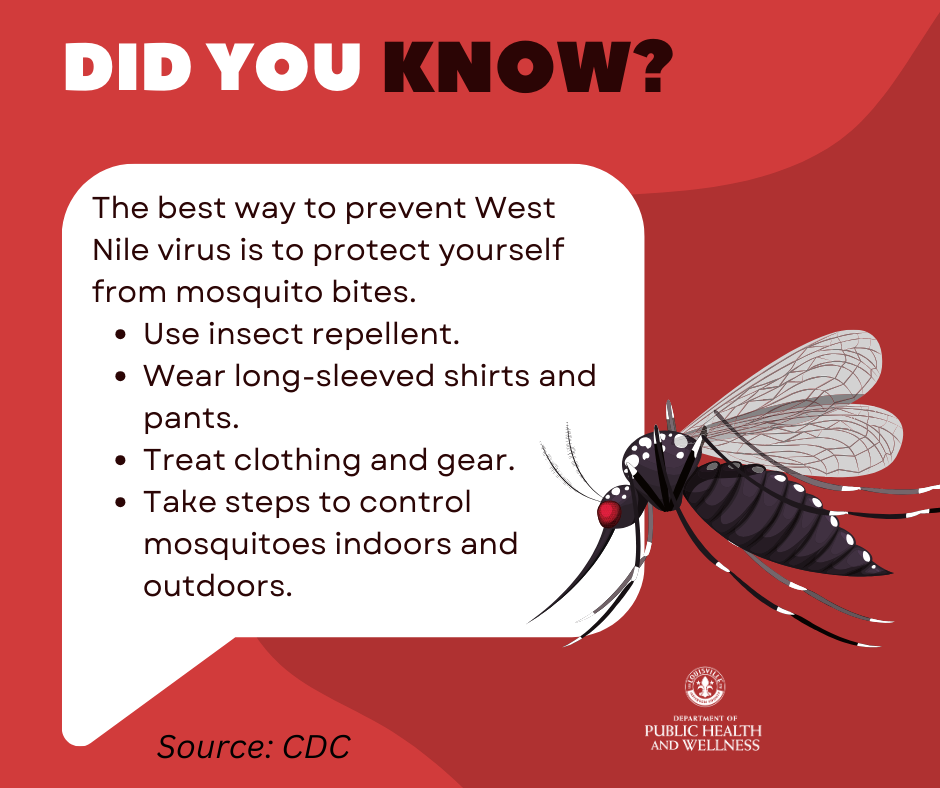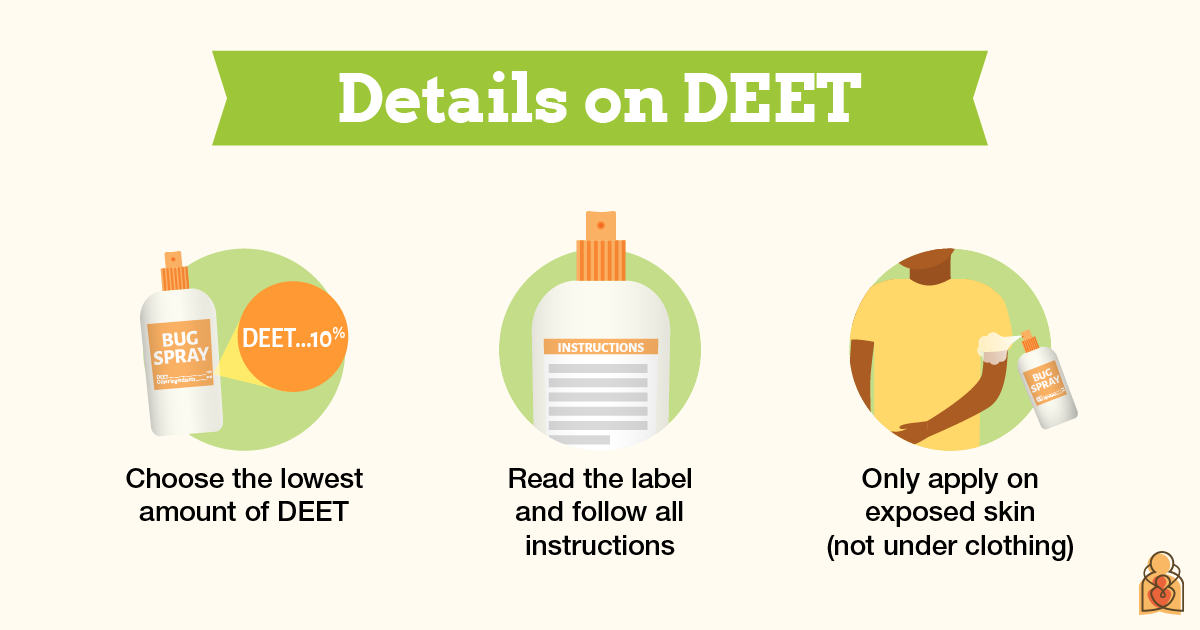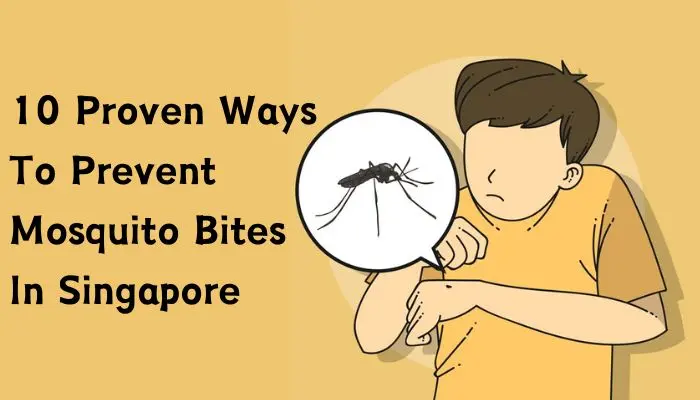Enjoying the great outdoors is a revitalizing experience, but it also comes with its fair share of pest-related challenges. From annoying bites to the risk of disease transmission, protecting yourself against mosquitoes, ticks, and other bugs is essential for a safe and enjoyable adventure. Mosquito bite prevention outdoors encompasses a wide array of tactics, from choosing the right repellents to adopting proper clothing habits. Additionally, understanding tick safety tips and employing natural bug repellents can make your outdoor excursions safer and more comfortable. Whether you’re camping, hiking, or simply enjoying a backyard picnic, being prepared with effective insect safety practices is the key to avoiding mosquito diseases and staying pest-free.
Mosquito Bite Prevention – Protecting Yourself Outdoors

When it comes to mosquito bite prevention outdoors, it’s important to think holistically about how to reduce exposure. Mosquitoes are most active during dawn and dusk, so timing your outdoor activities accordingly can significantly decrease your risk. Wear long sleeves, pants, and closed shoes to minimize skin exposure, especially in mosquito-prone areas such as wetlands or standing water since these are their breeding grounds. Additionally, applying EPA-approved insect repellents containing DEET, picaridin, or IR3535 can dramatically reduce bites, but remember to follow the instructions carefully for maximum effectiveness and safety.
Furthermore, eliminating standing water around your outdoor space can drastically cut down mosquito populations. This includes emptying buckets, birdbaths, clogged gutters, and any containers that can collect water. Physical barriers like fine mesh screens on windows and doors effectively keep mosquitoes from entering your living or recreational spaces. Regularly inspecting and maintaining these barriers ensures ongoing bug protection. Combining personal protective measures with environmental management offers the best chance to stay bite-free and enjoy outdoor activities without worry.
Tick Safety Tips – A Comprehensive Guide for Outdoor Enthusiasts

While mosquitoes often steal the spotlight, ticks pose a significant health threat due to their capacity to transmit dangerous diseases like Lyme disease and Rocky Mountain spotted fever. As an avid outdoor adventurer, tick safety tips are crucial in maintaining your health. Do thorough tick checks after outdoor activities, especially in wooded, grassy, or brush-covered areas. Pay close attention to hidden areas such as the scalp, behind the knees, armpits, and groin, since ticks can latch on in less visible spots. Removing ticks promptly and properly reduces the risk of disease transmission—use fine-tipped tweezers to grasp the tick close to the skin and pull upward with steady, even pressure.
Preventative practices can also significantly reduce tick encounters. Wearing light-colored clothing makes ticks easier to spot and remove. Tucking pants into socks or boots creates a barrier that slows their access to your skin. Treating clothing and gear with permethrin, an effective insecticide, provides additional protection. After outdoor outings, showering and laundering clothes in hot water also help wash away any ticks that might be lurking. Staying vigilant and practicing these tick safety tips empowers outdoor enthusiasts to enjoy nature while minimizing health risks.
Natural Bug Repellents – Effective Alternatives for Insect Protection

For those seeking eco-friendly options, natural bug repellents offer a compelling alternative to traditional chemical-based products. Derived from plant sources such as citronella, eucalyptus, lemon, and lavender, these natural repellents have demonstrated effectiveness in deterring a variety of insects, including mosquitoes and flies. Many contain botanicals like oil of lemon eucalyptus (OLE), which has been recognized by CDC for comparable efficacy to low concentrations of DEET. When properly formulated and applied, natural repellents can provide a pleasant scent and reduce chemical exposure, making them suitable for sensitive skin and children.
However, natural is not always synonymous with long-lasting. Reapplication may be more frequent, especially after sweating or water exposure. Moreover, not all natural repellents are equally effective for every individual or environment; testing a small patch of skin first helps gauge skin reactions and efficacy. For outdoor enthusiasts committed to outdoor insect safety and sustainability, these natural options offer a balanced approach—delivering insect protection without harsh chemicals, thereby enhancing overall camping safety from bugs and outdoor enjoyment.
Outdoor Insect Safety – Essential Strategies for a Bug-Free Experience
Achieving outdoor insect safety involves more than just repellents—it’s about creating an environment less inviting to pests and adopting behavioral strategies that lessen encounters. Keep outdoor living areas well-maintained by trimming shrubs, grass, and weeds, reducing their nesting and resting areas. Installing fans or bug zappers can also help create a less hospitable environment for flying insects, as many pests are deterred by wind or disturbed by light. When camping or picnicking, set up in open, breezy locations away from stagnant water or dense vegetation, which tend to attract bugs.
Additionally, comprehensive outdoor insect safety combines personal protective measures with environmental management. Use physical barriers such as tents with fine mesh screens, and wear protective clothing that covers exposed skin. Applying barrier creams and natural repellents helps avoid bites, but avoiding peak insect activity hours and maintaining cleanliness around your outdoor space are equally important. Educating yourself about local insect behaviors and habitat hotspots enables better planning and risk avoidance, securing more pleasant and safe outdoor experiences.
Avoiding Mosquito-Borne Diseases – Reducing Your Risk of Infection
In some regions, the presence of mosquitoes can mean more than just itchy bites—it can pose serious health threats such as malaria, Zika virus, or West Nile virus. Avoid mosquito diseases by taking proactive steps long before the insects begin their assault. Using proven repellents and proper clothing coverage are frontline defenses. When in disease-prone areas, avoid outdoor activities during dusk and dawn, which are peak mosquito hours. Managing your environment remains equally crucial—eliminate breeding sites by draining excess water and maintaining clean swimming pools or birdbaths.
Public health awareness and personal vigilance are vital in reducing your infection risk. Seek local health advisories on mosquito activity and disease prevalence, especially when traveling. Vaccinations or prophylactic medications might be necessary in certain regions. Combining these strategies with mosquito bite prevention outdoors techniques elevates your safety. Staying informed and prepared empowers you to enjoy nature without succumbing to preventable illnesses, maintaining both peace of mind and health.
Camping Bug Safety – Practical Tips for a Pest-Free Trip
Camping is one of the most rewarding ways to engage with nature, but it requires concerted effort to maintain camping safety from bugs. Start by selecting a campsite away from standing water and dense foliage, prime habitats for mosquitoes and ticks. Pitch your tent in a breezy location and use a high-quality mesh screen to keep insects out during the night. When preparing your gear, treat clothing and tents with permethrin as an additional line of defense. Always wear protective clothing, especially during dawn, dusk, or in wooded areas, to minimize bites and reduce contact with vectors.
Practical camping habits can significantly improve your outdoor insect safety. Wear long-sleeved shirts and pants, and tuck your clothes into socks or boots for added security. Apply natural bug repellent or EPA-approved chemical repellents generously and reapply as recommended. After your trip, conduct a thorough body check for ticks and wash all clothes in hot water to eliminate unseen pests. Following these steps ensures your outdoor adventure remains pleasant, safe, and free from pests, so you can fully immerse in the beauty of nature while protecting your health.
Conclusion
In summary, protecting yourself from outdoor insects like mosquitoes and ticks involves a combination of personal habits, environmental management, and strategic use of repellents. Mosquito bite prevention outdoors is more than just applying repellent; it entails proper clothing, eliminating breeding sites, and choosing safe and effective repellents—including natural options—that suit your preferences. Tick safety tips are vital to prevent tick-borne diseases, requiring vigilance and careful inspection after outdoor activities. Employing eco-friendly natural bug repellents provides a healthy alternative for insect defense while enjoying nature responsibly. Establishing outdoor insect safety protocols—such as proper campsite selection and physical barriers—further minimizes risk and enhances your experience. Finally, understanding how to avoid mosquito diseases by remaining informed and prepared can significantly lower your infection risk, ensuring your outdoor adventures are both enjoyable and safe. Whether you’re camping, hiking, or relaxing in your backyard, adopting these comprehensive strategies will help you stay pest-free and health-conscious in every outdoor pursuit.






